The Great Western Domestic
The Great Western Domestic is an accumulating body of work that began in 2012 during the demolition of the Ferrier Estate in Kidbrooke, London. It wanders through urban expansion against a backdrop of 20th and 21st century economic and climatic forces such as gentrification and pollution. It comprises of photographs shot across developed countries such as Singapore, New Zealand, France, USA and England.
A recent find in Morroco revealed our human species appeared around 300,000 years ago. The ability to adapt, work under stress and innovate are considered intrinsic to modern humans. Adaptation is one explanation why we are the only remaining species of the homo genus and have enjoyed such a long biological life. Modern cities have become unparalleled in their complexity with unprecedented regions of mass population, with subterranean tunnels, communication infrastructure and high-rise towers for residential, commercial and industrial use.
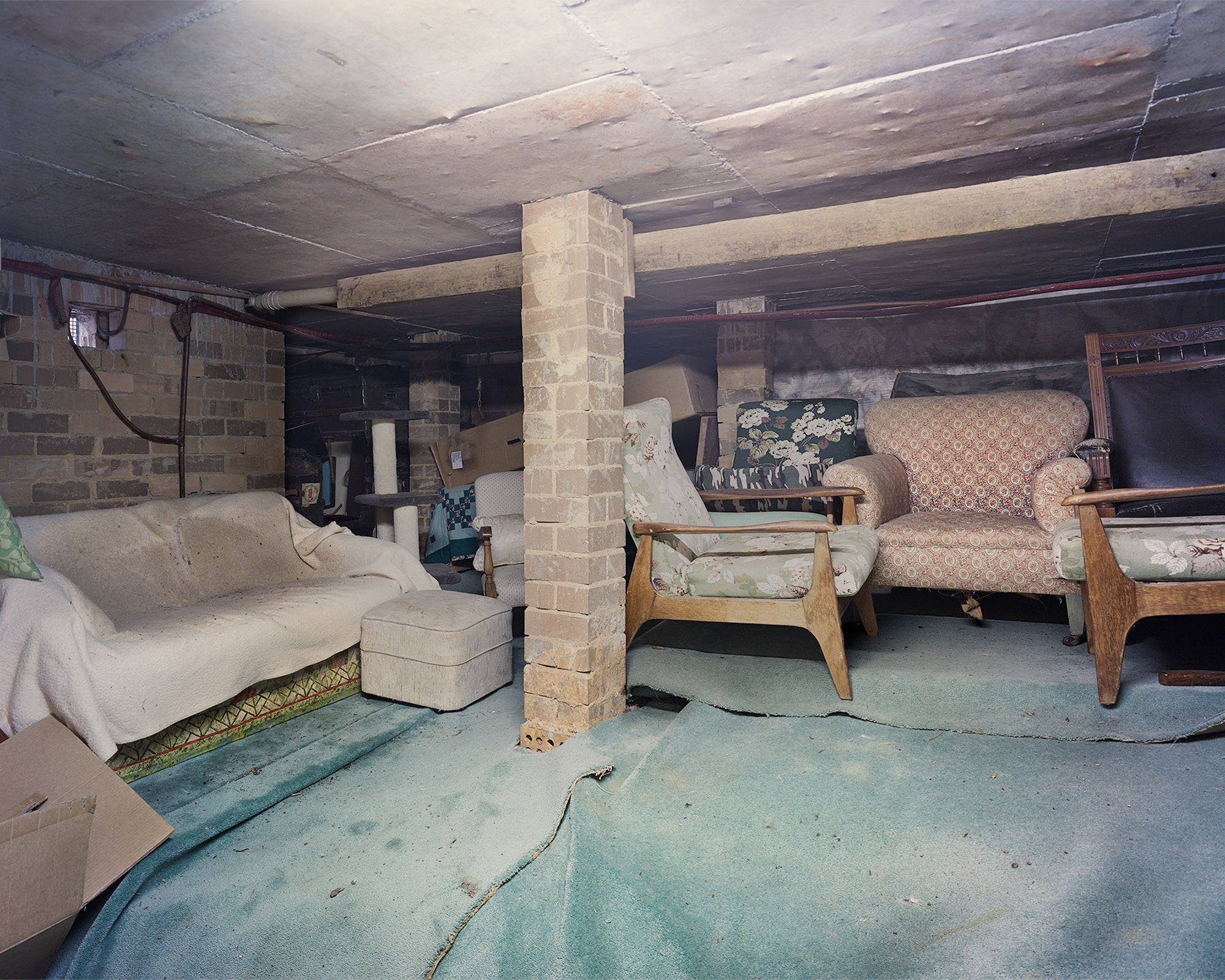
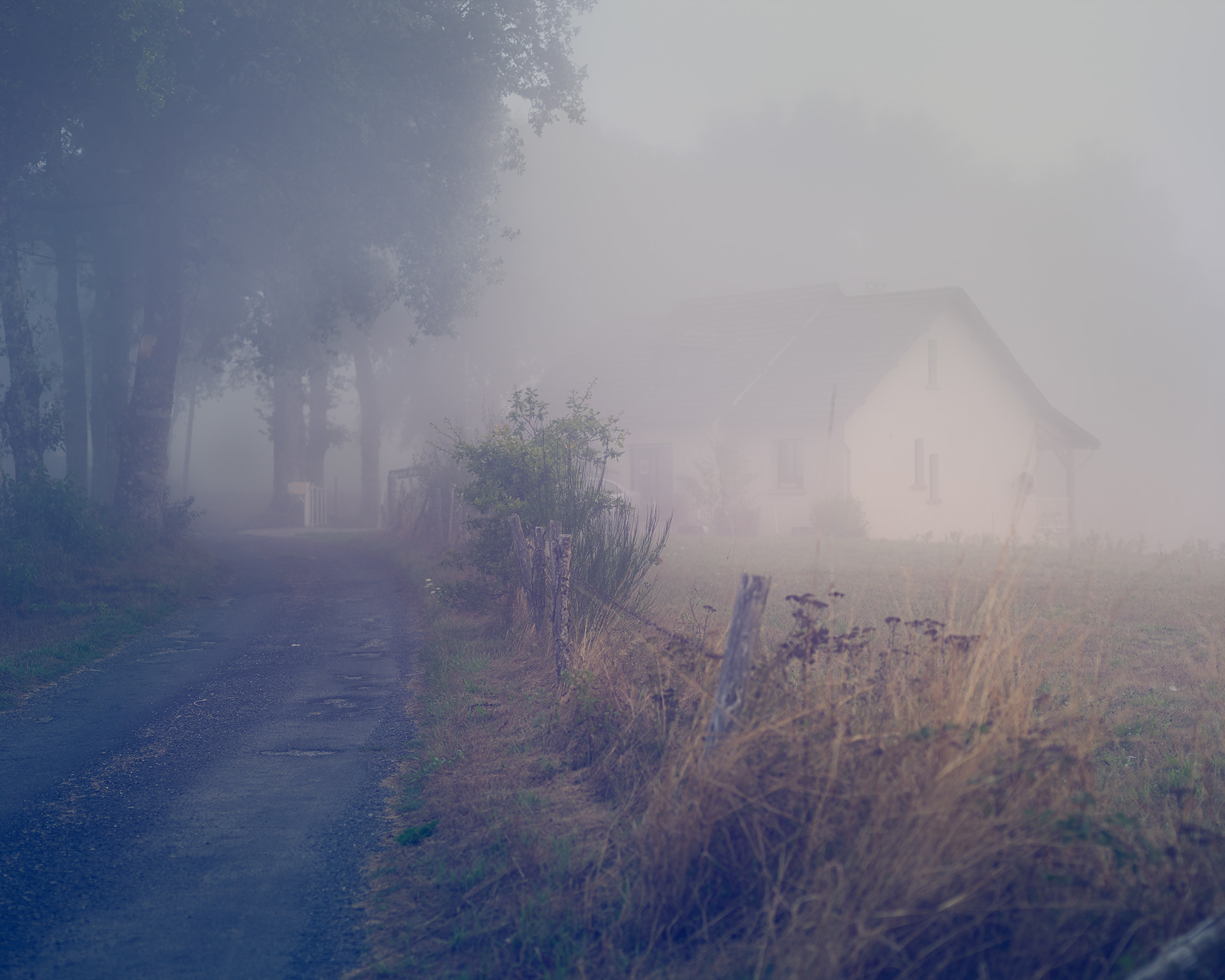
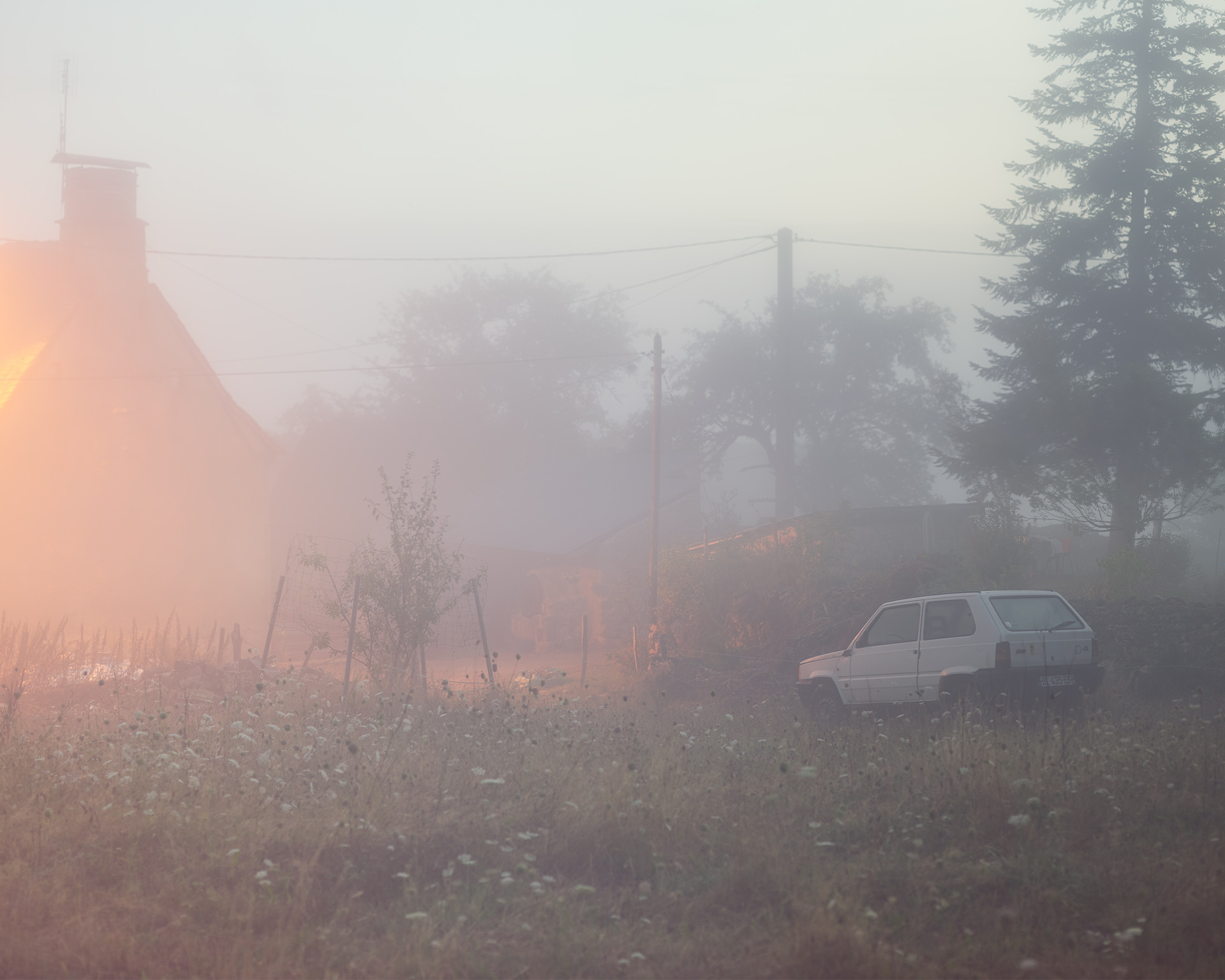
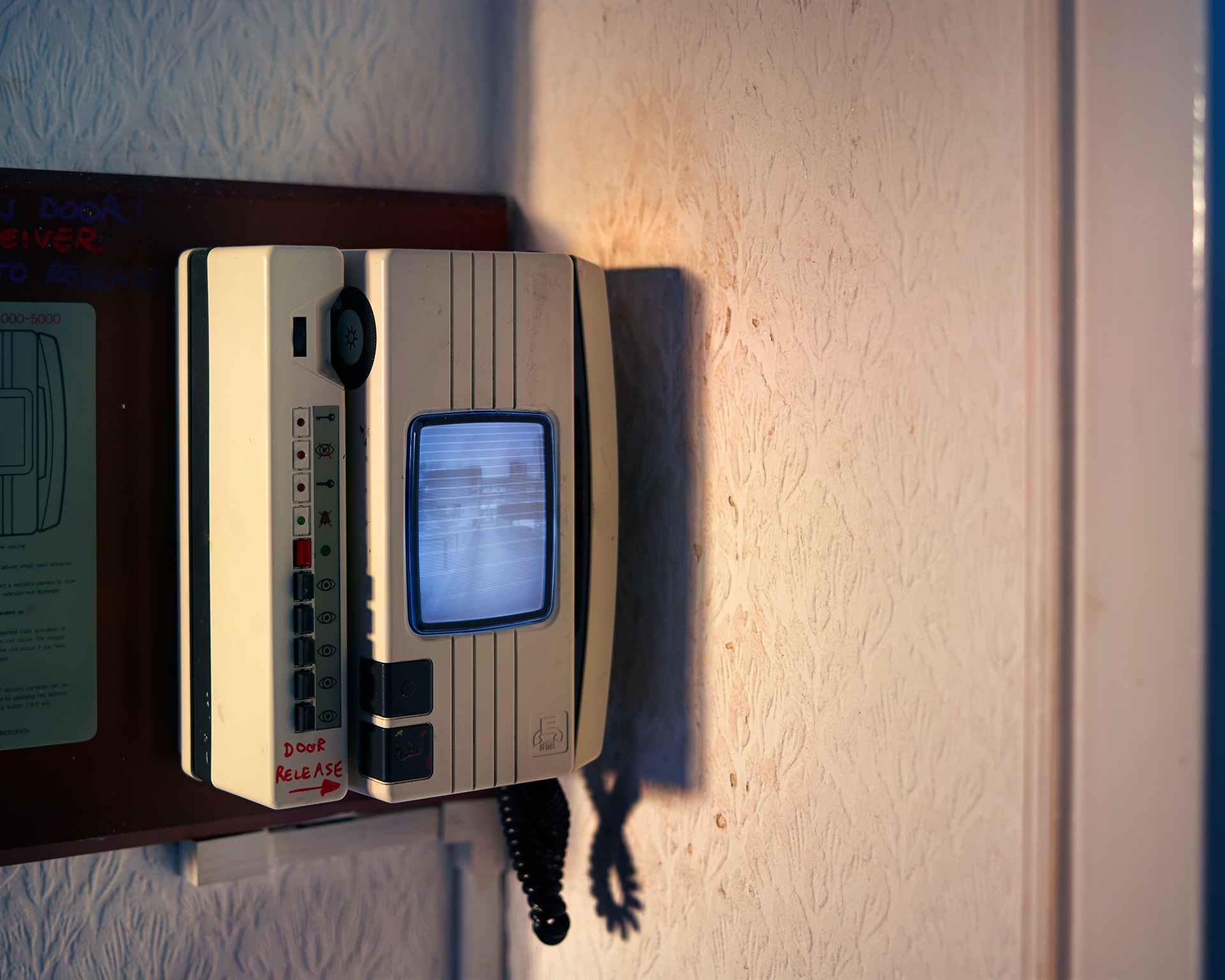
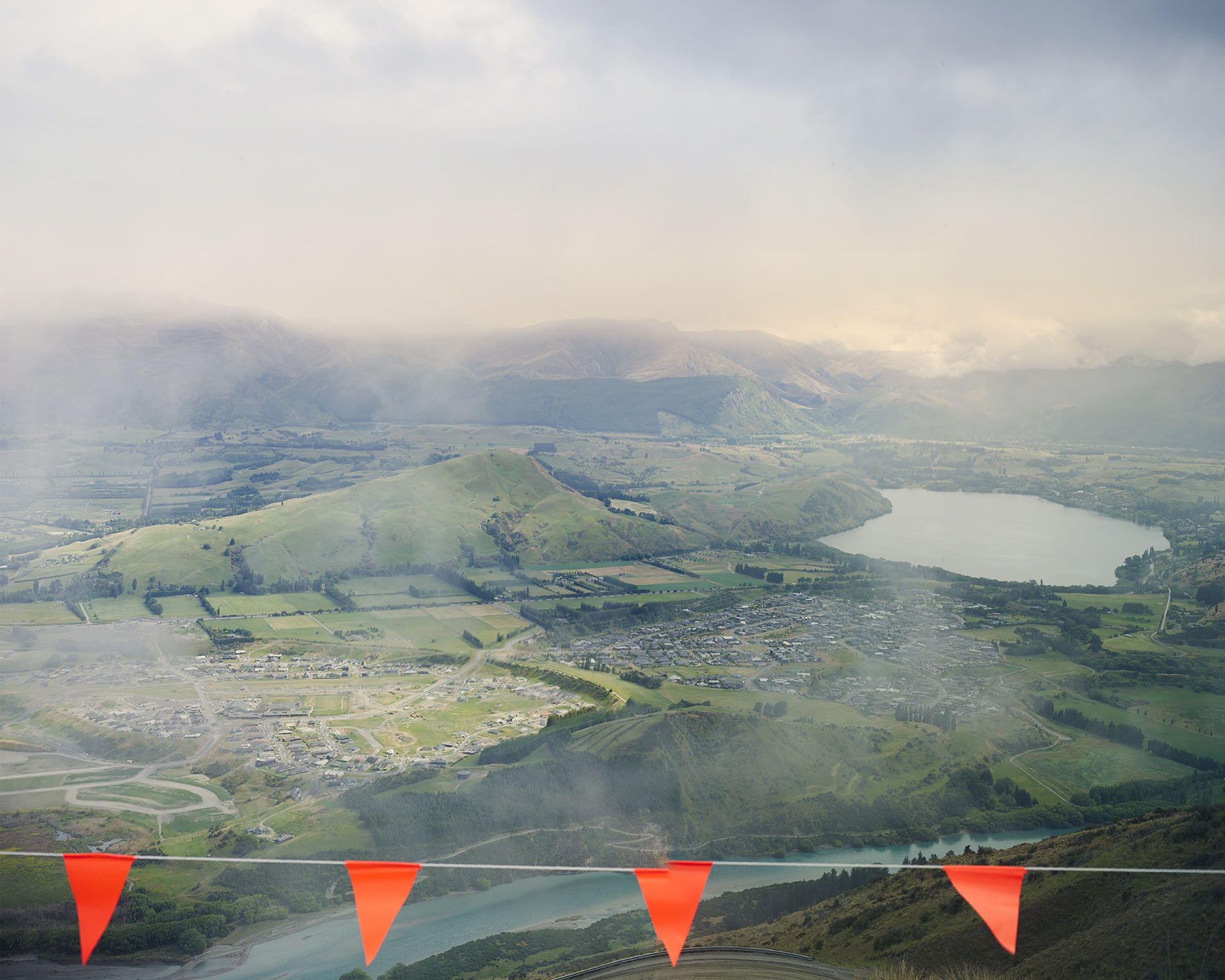

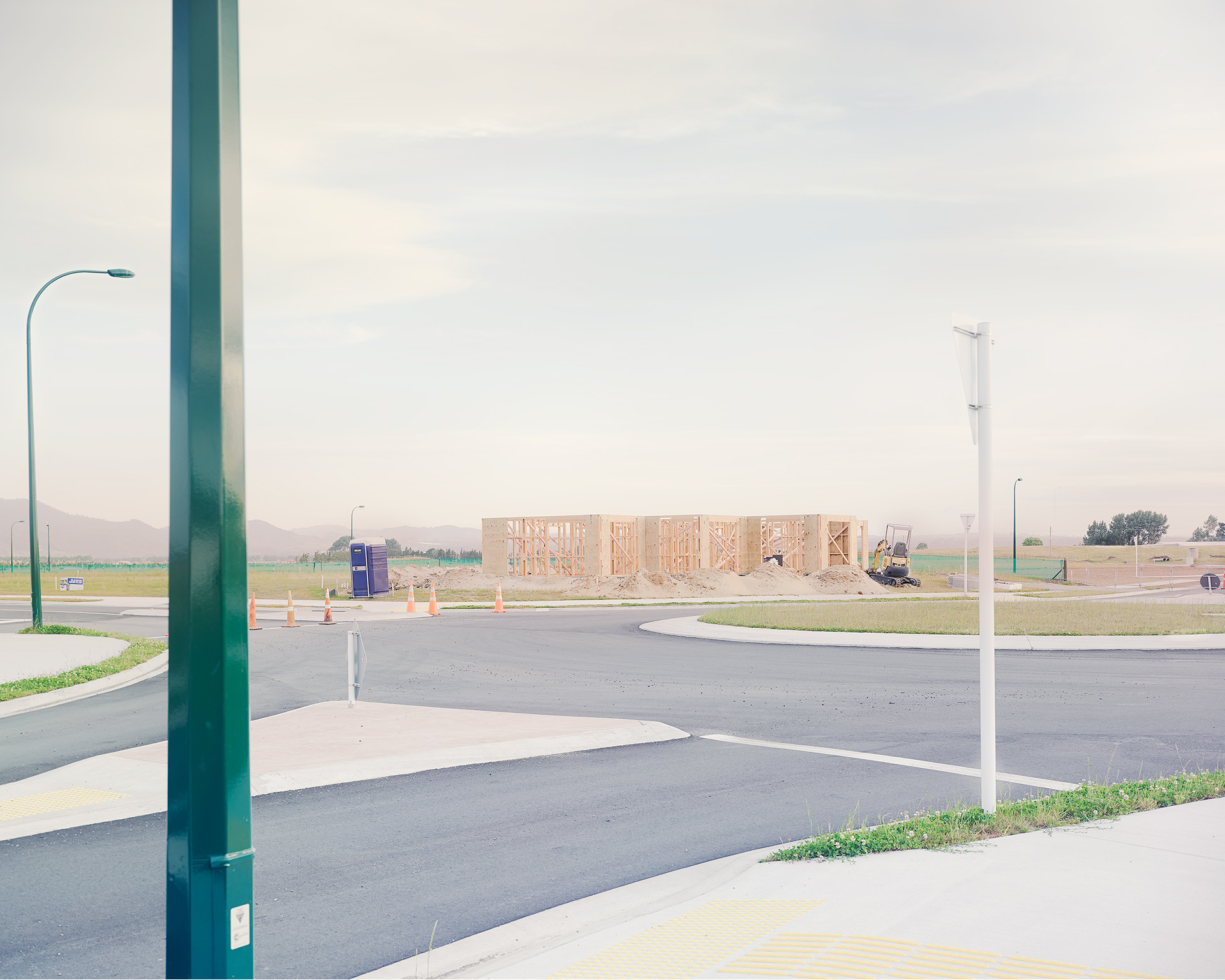


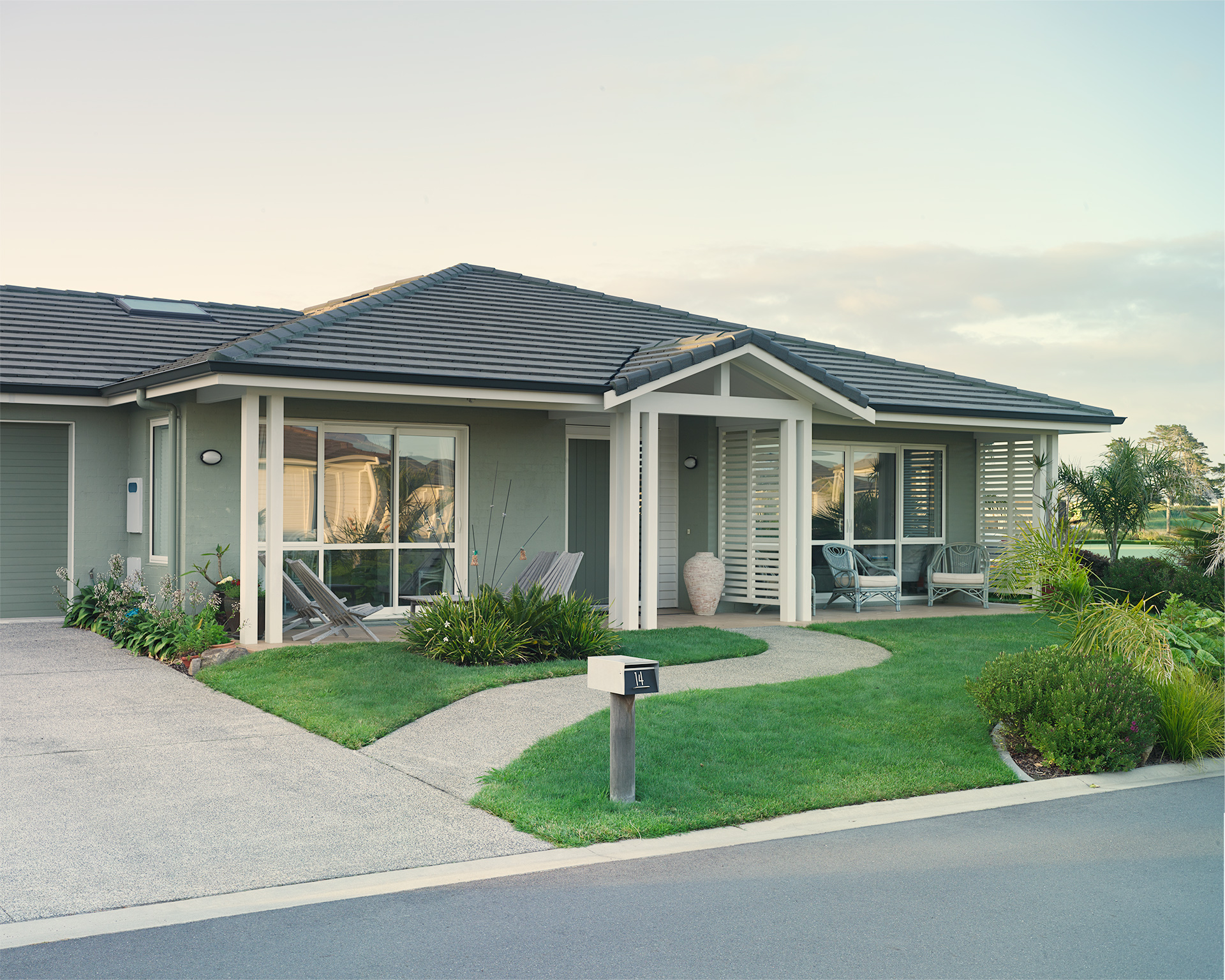
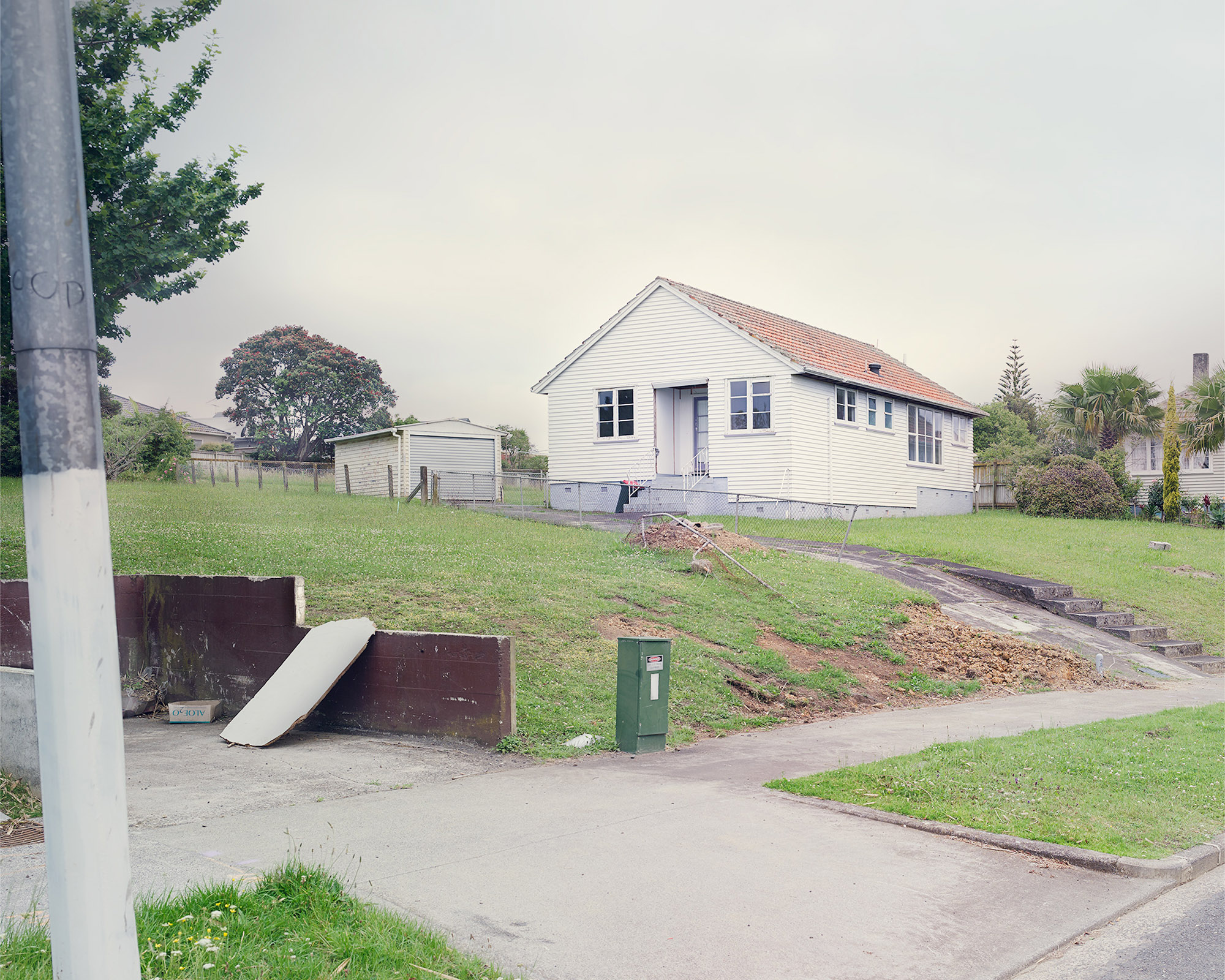
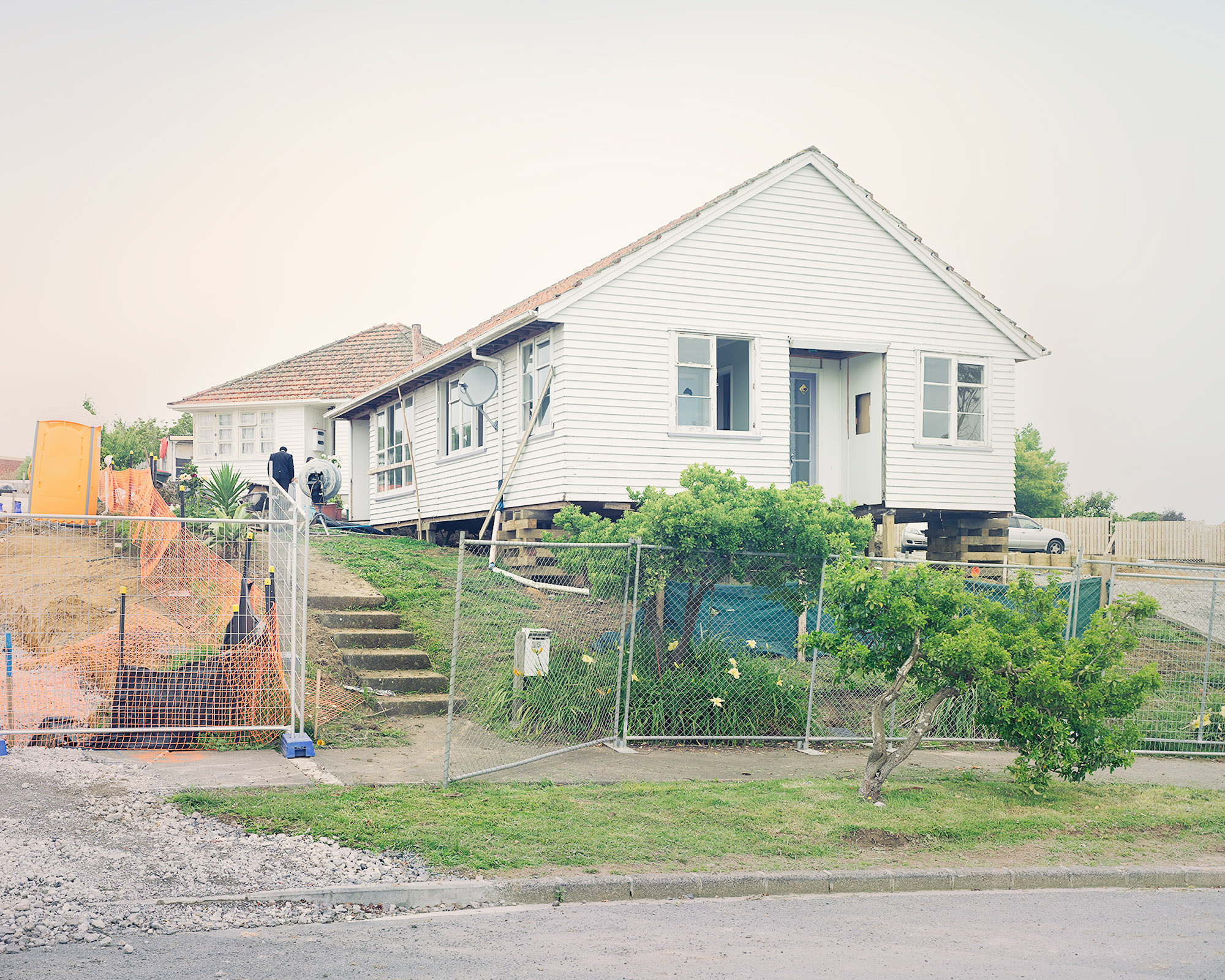


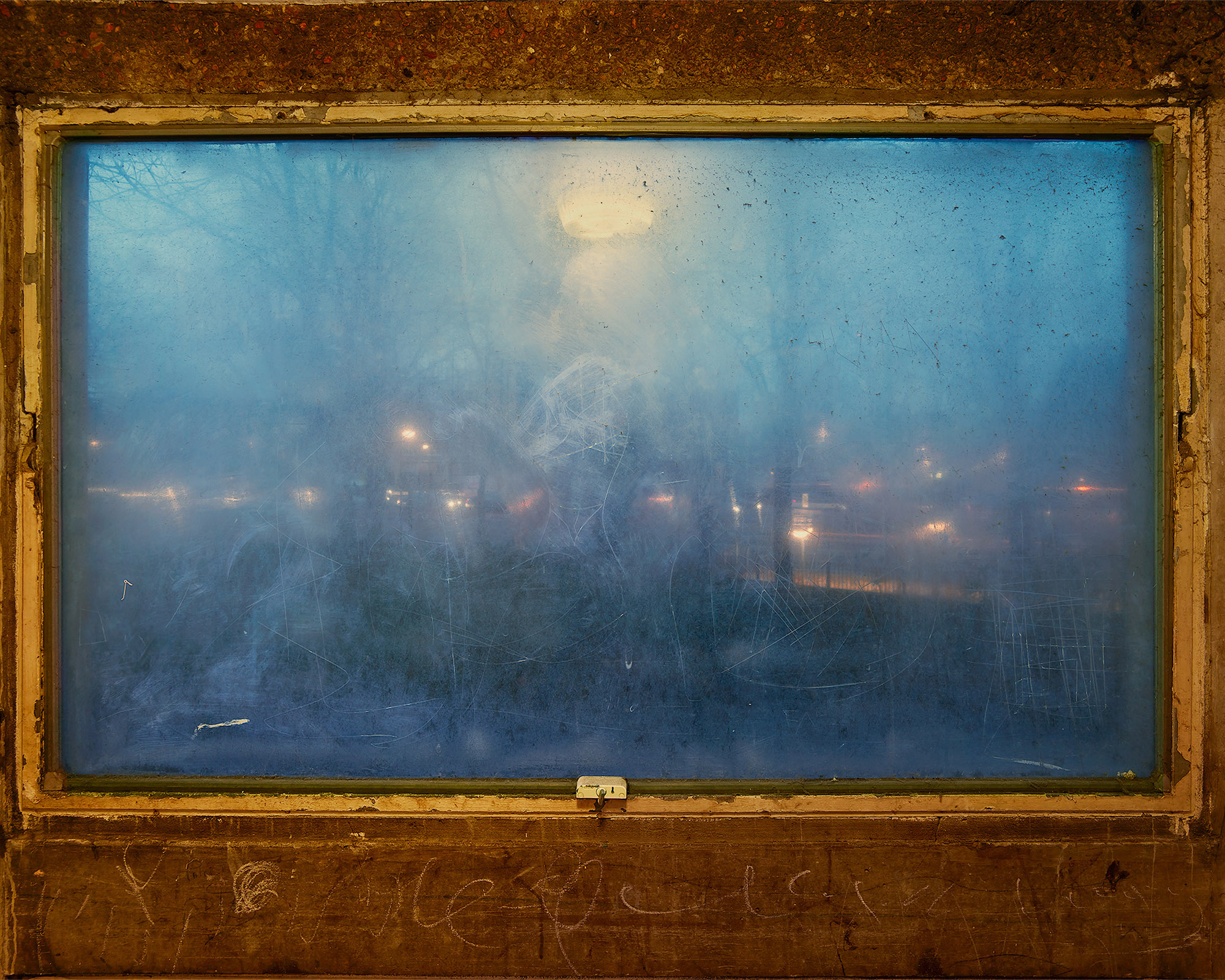

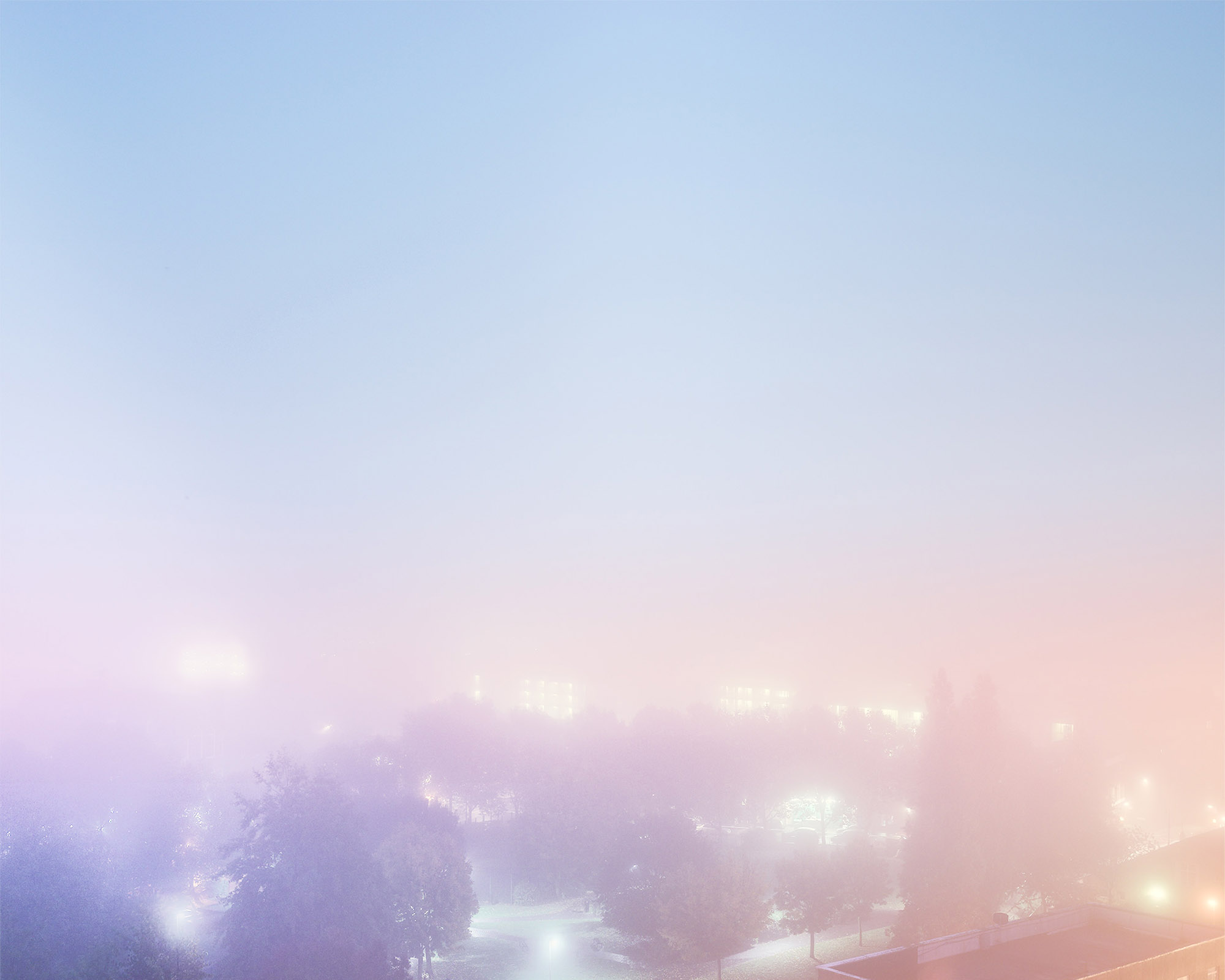


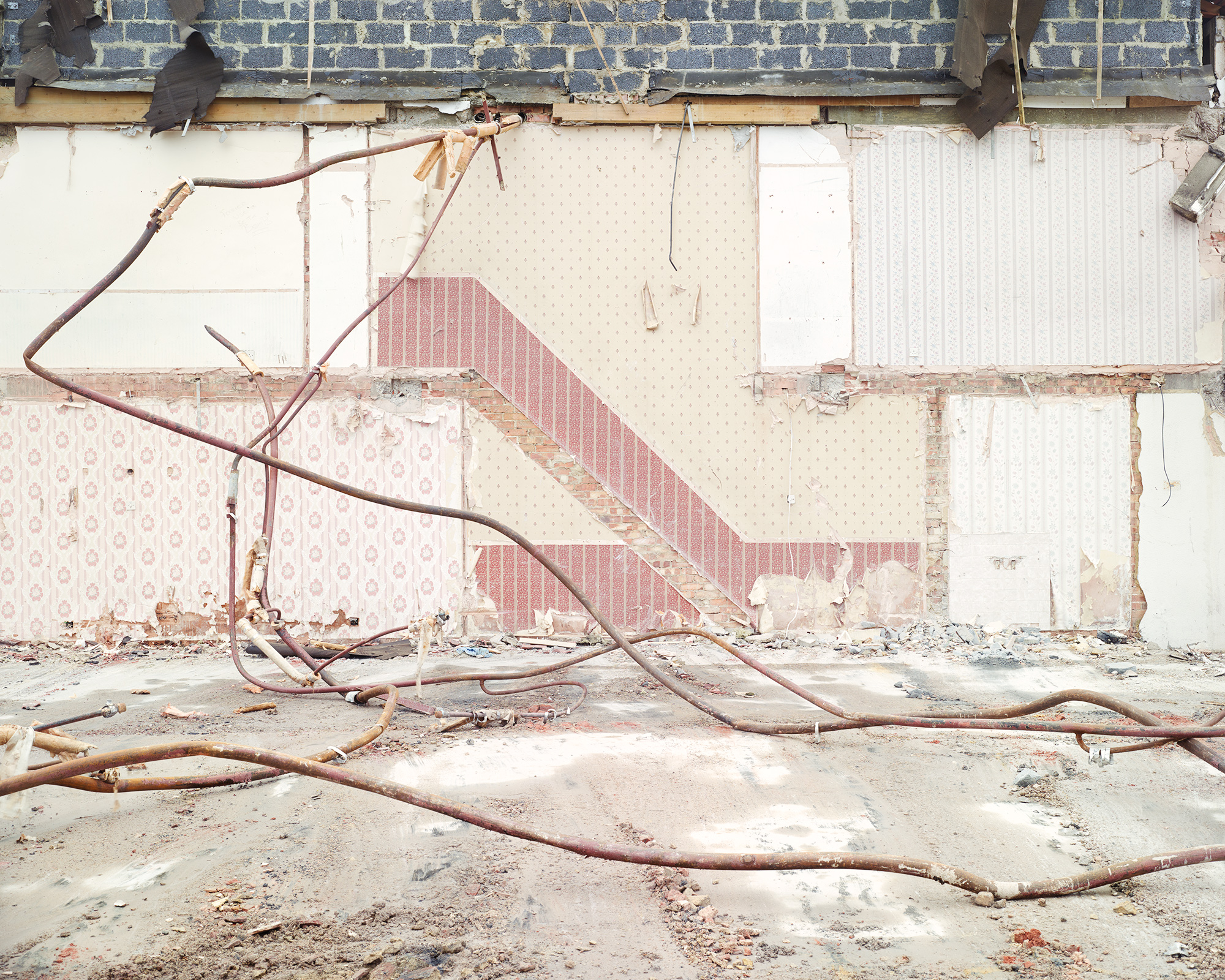

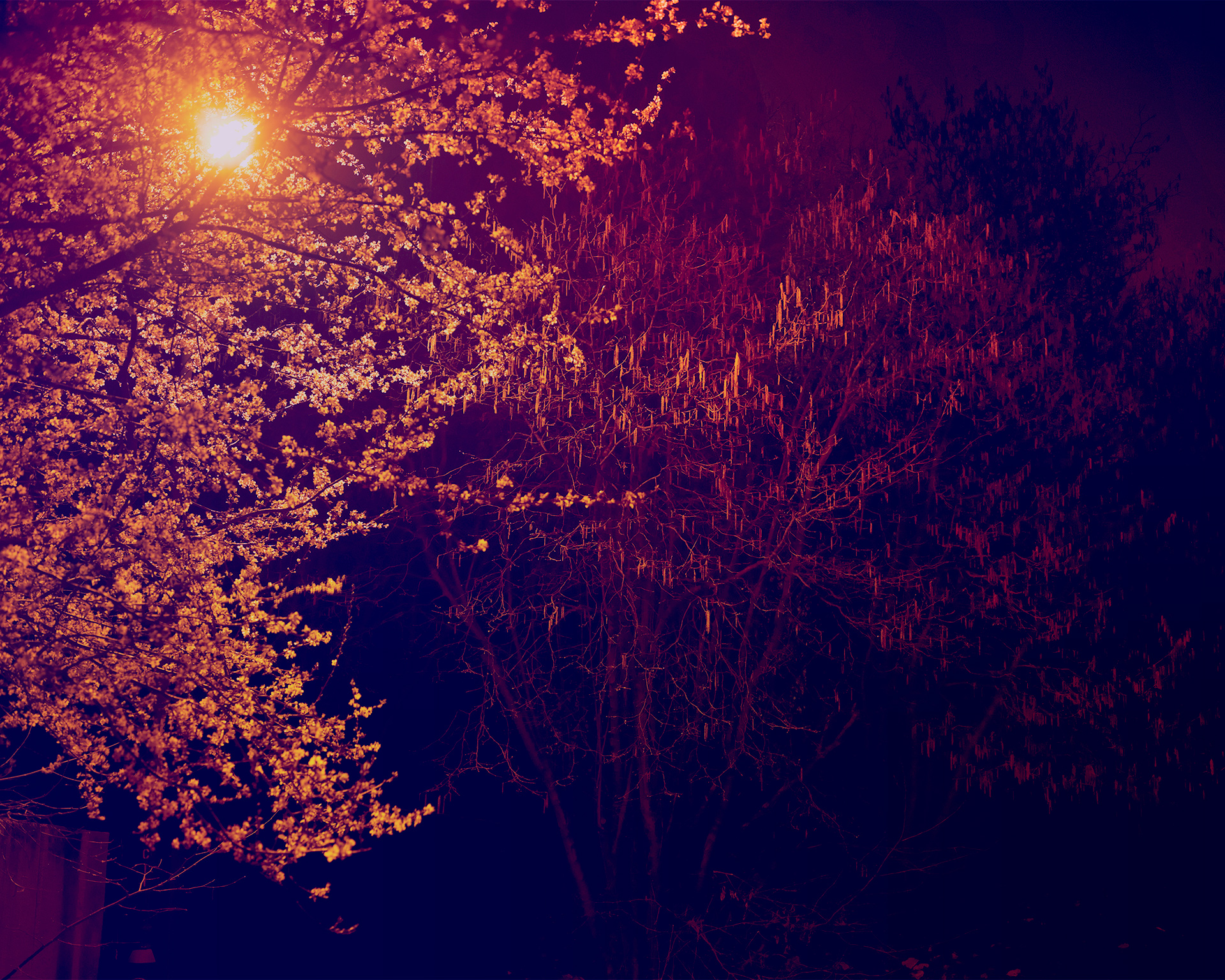

Project Gallery
Photos shot in Ferrier Estate in Kidbrooke, London, Singapore, New Zealand, France, USA and England.
About | The Great Western Domestic
200 years ago, less than one billion humans lived on earth. Today, according to UN calculations, there are over 7 billion of us. The UN predicts by 2050 there will be 9.8 billion. But that population growth will be much slower in developed western countries such as the USA, Canada, UK, France, Australia and New Zealand - countries which have the highest rates of consumption per capita. As OECD populations continue to consume natural resources from around the planet, future cities need to adapt where they become living ecosystems with local food growth, stable communities, less pollution, less waste and efficient distribution models.
The idea of protecting and fortifying human biology (physiology) and mental functioning (psychology) through regular rejuvenation was explored by architects and intellectuals such as Georges Bataille. Who likened the domestic interior to human biology, specifically a liver, which, when healthy, purifies the blood and removes toxins, allowing the person to go about their daily activities before retiring to be revitalised once again.
The Smithsons’ unsuccessful Golden Lane competition of 1952 polemically described the ‘street in the air’, and they claimed that with their invention ‘a new dimension has been added to the life of the street’. At the same in France the Unite d’ Habitation was the first of a new housing project series for Le Corbusier that focused on communal living for all the inhabitants to shop, play, live, and come together in a “vertical garden city.” Other early examples are Erno Goldfinger's Balfron Tower ( Poplar 1967), Peter and Alison Smithson's Robin Hood Gardens ( Poplar 1972).
Print Information
For information about prints or inquiries, please contact via email.
Farmers Cottage, Courqueux, Goulles, Central France, 2015. © Alan McFetridge
Golden Sands Development, Oka St, Papamoa, New Zealand, 2015. © Alan McFetridge
Condensing State Housing. Torrington Crescent, Auckland, 2015. © Alan McFetridge
Cat Room, Queens Avenue, Melbourne, 2015. © Alan McFetridge
The Great Western Domestic: Exhibition Feature: Somerset House, London
The Great Western Domestic was featured in an Exhibition at Somerset House. You can read more about it on our News Blog, here.
For further information on the project please email here.
All images © Alan McFetridge





